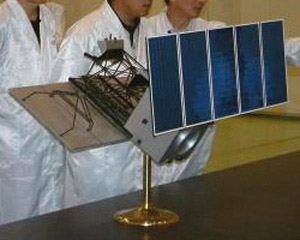
"We are working on the concept of the fifth-generation combat helicopter," the paper quoted the company's CEO, Andrei Shibitov, as saying at a news conference in Moscow.
Shibitov did not specify the characteristics of the helicopter, but said the company was going to spend some $1 billion on the project, with more investment expected to be allocated from the state budget.
The official said the Mil design bureau had been working on a classical rotor model, which features a large main rotor and a smaller auxiliary rotor, while the Kamov design bureau had been developing a coaxial rotor model.
Military experts believe that the coaxial rotor model is more stable and easy to fly while the classical model is more reliable and has a higher degree of survivability on the battlefield.
First deputy head of the Russian Academy of Geopolitical Issues, Konstantin Sivkov, told the paper that fifth-generation combat helicopters have never been built before, although the United States has recently begun working on a similar project.
He said a fifth-generation combat helicopter must have a low radar signature, a high noise reduction, an extended flying range, be equipped with a computerized arms control system, be able to combat fighter jets (existing helicopters are generally only intended to hit ground-based targets) and reach a speed of up to 500-600 km/h (310-370 mph).
The project cannot proceed, however, unless it is backed by the government.
"If the government does not sign a contract, the idea will die on the vine," head of the Russian Academy of Geopolitical Issues Leonid Ivashov told Gazeta. Ivashov said that with sufficient investment and good organization the new helicopter could be built within five years. Otherwise, the project may drag on for 20-30 years.
But he was somewhat skeptical about the chances of carrying out the project.
"We have been trying to tackle everything - fifth-generation planes, fifth-generation helicopters, but nothing of this have so far been supplied to the army - today the army still uses helicopters produced in 1970s," Ivashov said.
Russia's main combat helicopter, the Mi-24 Hind, is a third-generation helicopter, and a few Mi-28 Havoc, Ka-50 and Ka-52 Hokum, which have just started to arrive in the Russian army, are fourth-generation helicopters.
Source by : RIA Novosti





.PNG)













